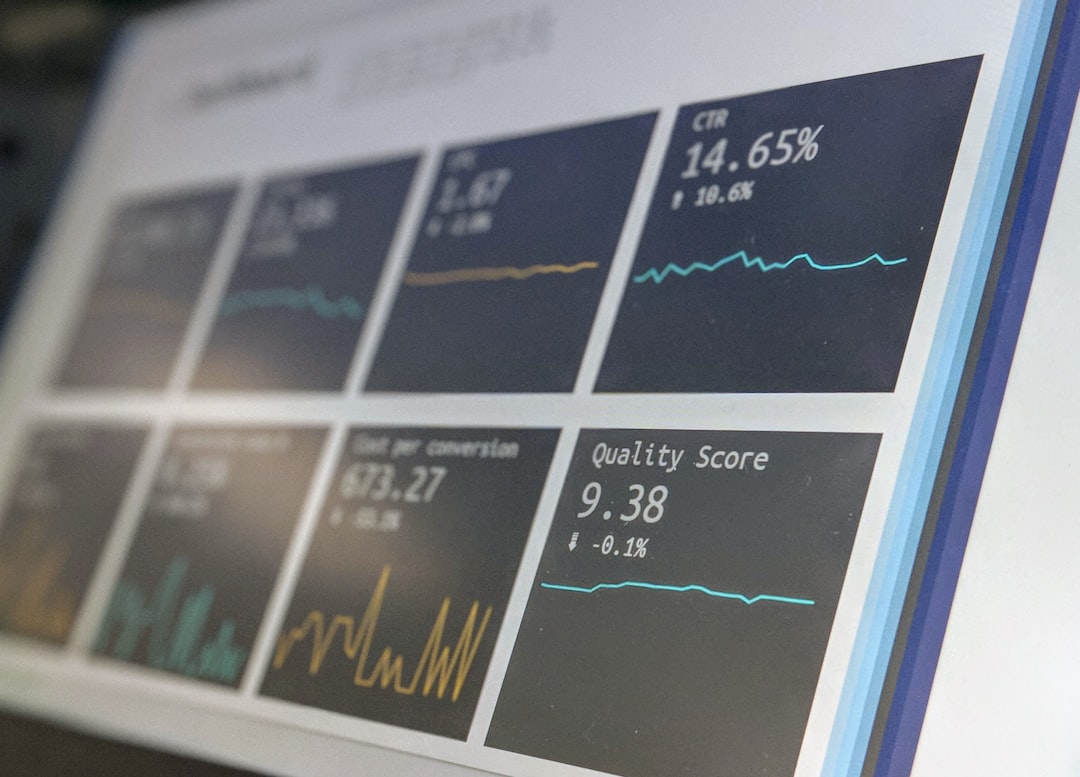
The Role of Finance in Economic Growth: Understanding Its Impact
# Introduction. In today's rapidly evolving global economy, finance plays a pivotal role in driving economic growth. As countries work to improve their living standards and create opportunities for their citizens, understanding the relationship between finance and economic development is crucial. This blog post will explore how finance facilitates economic growth, the mechanisms involved, the importance of financial institutions, the impact of technological advancements, and the role of government policies in shaping financial landscapes. # Finance as a Catalyst for Investment. One of the primary ways finance contributes to economic growth is by mobilizing savings and directing them towards productive investments. Households and individuals save a portion of their income, and financial institutions play a vital role in connecting these savers with businesses looking for capital. By offering various financial products, such as loans and equity financing, banks, and investment firms enable companies to invest in machinery, technology, and infrastructure. This investment leads to job creation, increased production capacity, and ultimately, economic expansion. Studies show that countries with well-developed financial systems tend to enjoy higher levels of investment and growth compared to those with underdeveloped financial markets. # The Importance of Financial Institutions. Financial institutions serve as the backbone of any economy by providing the necessary infrastructure for financial transactions. They assess borrowers' creditworthiness, mitigate risks, and ensure funds are allocated efficiently. The presence of strong banks, investment firms, and insurance companies fosters a stable economic environment where businesses can thrive. Furthermore, financial institutions facilitate trade by offering payment solutions, letters of credit, and foreign exchange services, which are essential for international commerce. Their ability to reduce transaction costs and risks associated with trade creates an ecosystem where domestic and foreign businesses can engage more freely, leading to enhanced economic growth. # The Role of Technological Advancements in Finance. Technology has revolutionized the finance sector, introducing new tools and systems that enhance efficiency and accessibility. Fintech companies, for instance, offer innovative solutions such as peer-to-peer lending, mobile banking, and blockchain technology, which democratize access to financial services. These advancements allow small and medium-sized enterprises (SMEs) to obtain funding more easily, fostering entrepreneurship and innovation. Moreover, technology enables better data analysis, helping financial institutions assess risks more accurately and design tailored financial products for their clients. This greater understanding of borrower behavior and market trends can lead to increased lending, ultimately spurring economic growth. # Government Policies and Financial Regulation. The relationship between finance and economic growth is not solely dependent on market dynamics; it is also significantly influenced by government policies and regulations. A stable financial environment requires proper oversight to maintain public trust and mitigate systemic risks. Regulators enforce rules to ensure that financial institutions operate transparently, minimizing the likelihood of crises that can devastate economic growth. Fiscal and monetary policies also play crucial roles. For example, central banks can influence economic growth by adjusting interest rates to stimulate or cool down the economy. By maintaining a balance between regulating financial markets and encouraging realistic lending practices, governments can create a framework that promotes sustainable economic development. # Challenges in the Financial Sector. While finance is an engine of economic growth, it can also pose challenges if not managed properly. Excessive risk-taking by financial institutions can jeopardize financial stability, leading to crises that can reverse growth trajectories. Moreover, unequal access to financial services can exacerbate income inequality and hinder economic progress for marginalized communities. Creating an inclusive financial system that addresses these challenges requires collaboration between governments, financial institutions, and civil society. It involves empowering vulnerable populations with the tools and resources needed to benefit from financial systems, ensuring that economic growth is both equitable and sustainable. # Conclusion. In conclusion, finance is a cornerstone of economic growth, acting as a catalyst for investment, facilitating trade, and responding to the needs of businesses and consumers. The intricate relationship between finance and economic growth highlights the importance of strong financial institutions, technological advancements, and proactive government policies. As we move forward, understanding these dynamics is crucial for policymakers, business leaders, and anyone interested in fostering economic development that benefits all members of society. # Images Search Tag. Finance impact on economic growth, financial institutions, technology in finance, economic development challenges, government policies finance .






